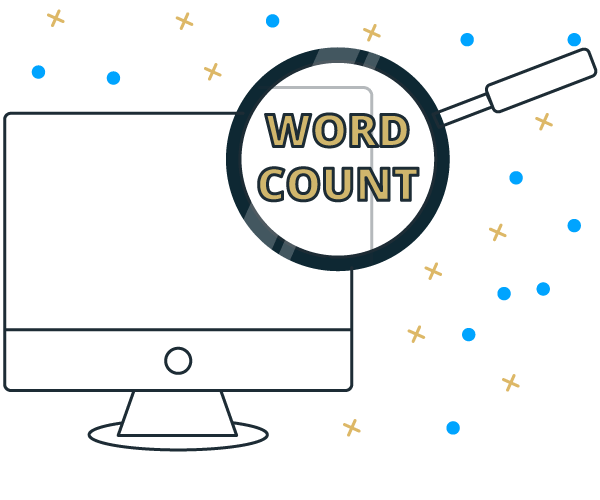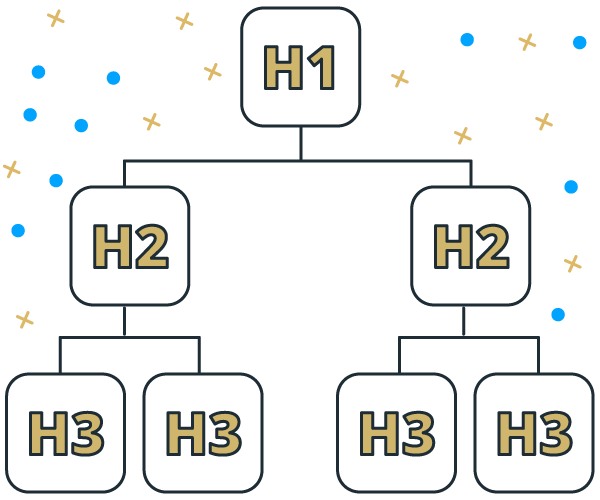
What is content writing?
Content writing consists of planning, researching, writing, and editing texts for the web and is one of the most powerful digital marketing tools. Blog posts are a classic example of content writing, but it goes much further than that.
What is SEO content writing?
In a world where all the answers we search for are just a mouse click away, the main type of digital writing is SEO content writing: content designed to generate online visibility and attract quality organic traffic.
Top SEO writers are those who have mastered the art of creating content that’s worthy of the top positions in search rankings. They are usually journalists and marketing experts armed with very specific skills:
Why is content writing important?
Good content writing helps you reach your potential customers and converts them into real customers.
In short, it generates sales.
This is the ultimate end goal, but the road to achieving it is a long one. As your audience makes their way down the buyer’s journey, they must be accompanied and guided every single step of the way.
How? You guessed it — with content.
Types of content writing services
Content writing is like a delectable salad. You have a base ingredient (lettuce, pasta, or in this case, blog articles) that’s absolutely essential.
From there on, there are thousands of ways to spice it up (from landing pages and interactive guides to email sequences and podcasts). Imagination and creativity are the best allies to have in the kitchen and in content writing.
Content writing tips
Do you know how to recognise good content? Here are some elements to look at.



















